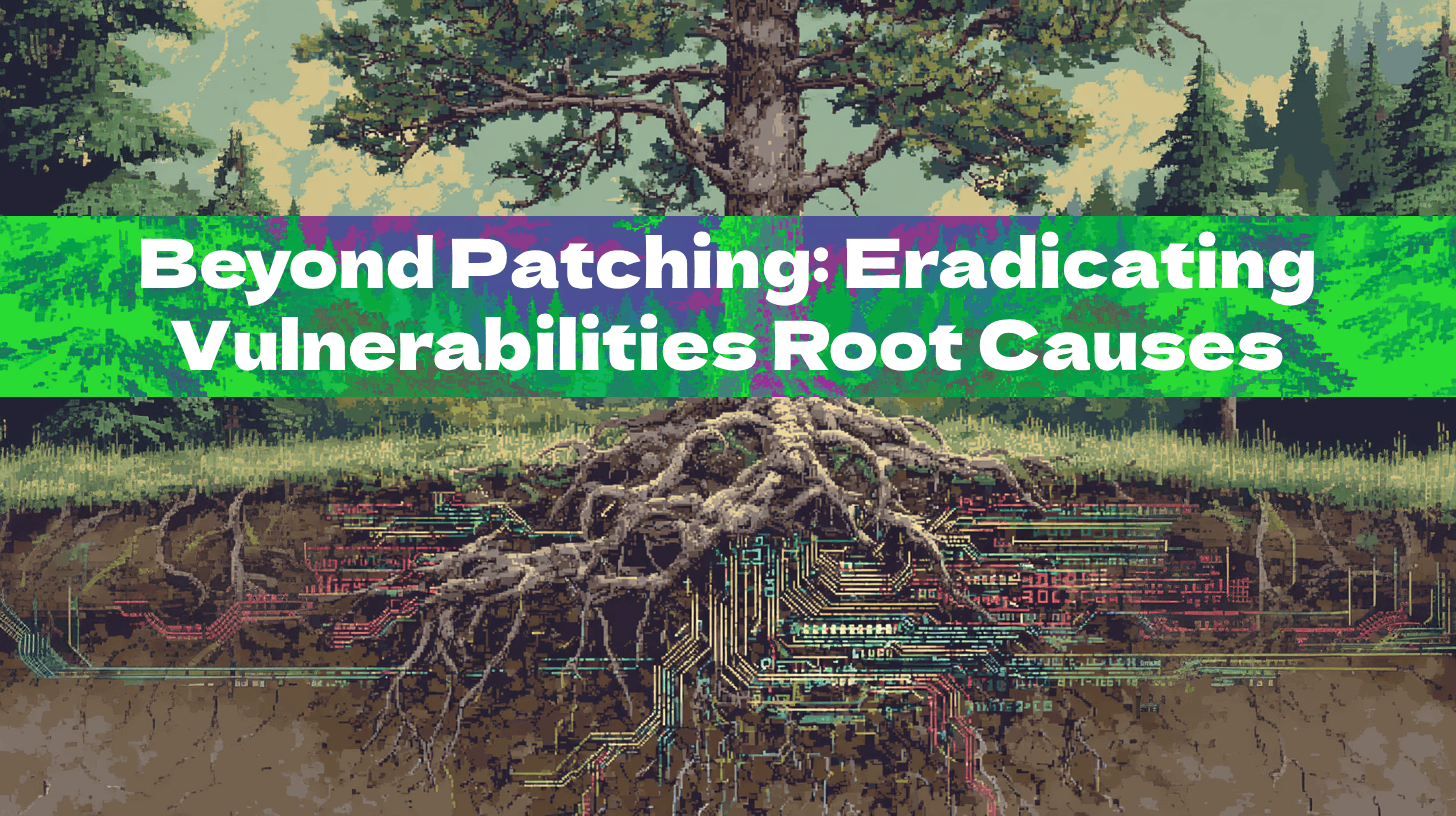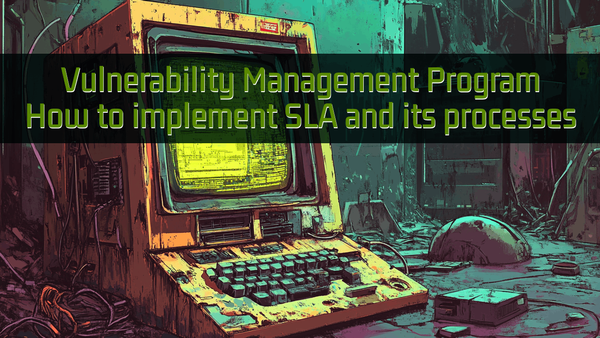Beyond Patching: Eradicating Vulnerabilities Root Causes
We’ve all seen it — a CVE comes in, we patch it, a sprint later it’s back again… or something just like it. The same class of issues, over and over. Sound familiar? It’s time we stop playing whack-a-mole and admit the truth!

We’ve all been there. A new CVE drops, we patch it, and a sprint later another one pops up… or something almost the same. Sound familiar?
Chasing patches feels productive, but it never stops the next bug. Patching is just a quick fix, not a long-term solution.
Same issues, over and over
We patch fast and we patch often. But if the same root problem keeps surfacing, we’re just wearing ourselves out. We end up running in circles fixing symptoms instead of tackling what really causes the bugs.
Subscribe to Security Autopsy
Digging deeper
Root cause analysis isn’t just for post-mortems or compliance reports. It’s about making sure that once a bug is gone, it stays gone. When you dig into what really went wrong, common themes emerge:
- Outdated or misused libraries because pull request checks are too loose
- Public storage buckets because infrastructure code has no safety guards
- Repeated auth flaws because no one owns authentication end to end
These aren’t mysteries. They’re things we can fix. But it takes more than opening another Jira ticket.
What to do next
- Golden images with zero known flaws
Build base images that start clean and stay clean. Control every dependency, rebuild them regularly, and you won’t inherit last month’s bugs. - Shift left the right way
Tools like Snyk, Semgrep, and CodeQL are great. But they only help if developers see security feedback right away. Real shift left means catching issues during coding, not weeks later in a spreadsheet. - Let AI help you trace problems
AI isn’t just a buzzword. Some teams use it to follow a vulnerability back through code and design choices and even suggest how to fix it. That’s happening now, not someday.
Leveling up security
Security isn’t a switch you flip. It’s a journey. Here’s one path:
- Reactive: Patch and hope for the best. No clear owners
- Managed: You collect metrics but still act after the fact
- Defined: Secure coding and threat modeling happen early. Teams own their own security
- Measured: You track root-cause fixes against real business risks
- Predictive: You use automation, self-healing infrastructure, and AI to stay one step ahead
Change the culture
Don’t just reward the quick patch. Reward teams for preventing issues in the first place. Treat security debt like any other technical debt. Make root cause analysis part of every vulnerability review. Ask “why” at least five times. Then tackle that real problem first.
You don’t need a big budget or a fancy new tool to start. You just need to dig deeper and fix what really matters.
And then PRIORITIZE THAT ROOT CAUSE FIX!





